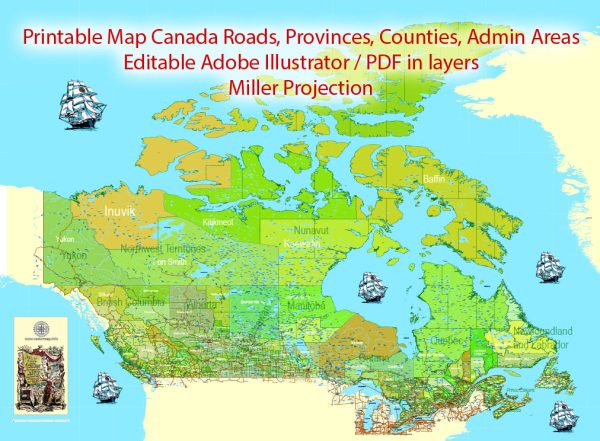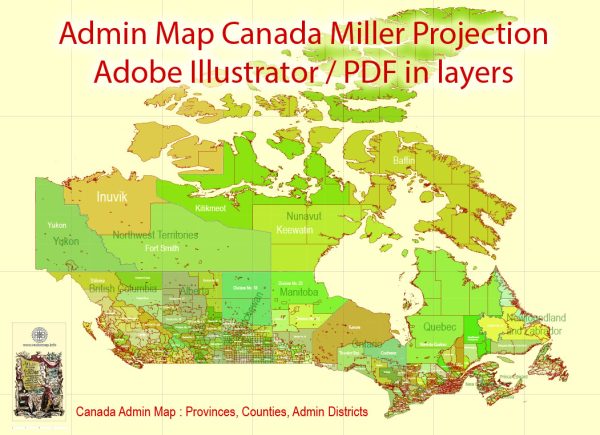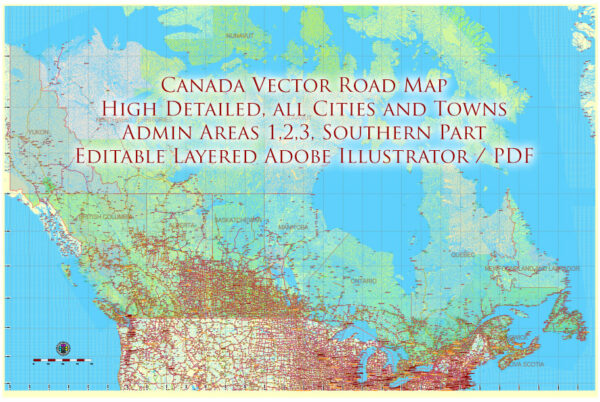The history of urban development in Canada is a complex and multifaceted story that has been shaped by various historical, social, economic, and geographic factors. Here is a brief overview of the key stages and elements of Canada’s urban development:
- Indigenous Settlements: Before European colonization, the indigenous peoples of Canada had established a variety of settlements across the country. These settlements were often located in areas with abundant natural resources, such as waterways and fertile land. Indigenous communities practiced a diverse range of agricultural, hunting, and gathering activities.
- European Colonization: European colonization of Canada began in the 16th century with the arrival of French and British explorers and settlers. The establishment of trading posts and forts along major waterways, such as the St. Lawrence River, marked the early stages of urban development. Cities like Quebec City and Montreal were among the first urban centers.
- Fur Trade Era: The fur trade, primarily driven by the Hudson’s Bay Company and the North West Company, led to the development of several trading posts and forts in the interior of Canada, as well as the growth of communities like Winnipeg and Edmonton. These fur trading hubs played a crucial role in the economic and urban development of the region.
- Railway Expansion: The construction of transcontinental railways in the late 19th century, most notably the Canadian Pacific Railway, connected the eastern and western parts of Canada. This transportation infrastructure led to the establishment and growth of urban centers along the rail lines, including Toronto, Winnipeg, and Vancouver.
- Industrialization: The late 19th and early 20th centuries witnessed rapid industrialization, which brought about the growth of manufacturing cities like Hamilton and Windsor. Urbanization also increased as people moved to cities in search of job opportunities.
- World Wars and Post-War Boom: The two World Wars had a significant impact on Canada’s urban development. The demand for war materials led to the expansion of industrial cities, while the post-war period saw a surge in suburbanization as returning soldiers and their families sought homes outside city centers.
- Multicultural Cities: Canada’s post-war immigration policies led to the diversification of its urban population. Cities like Toronto, Vancouver, and Montreal became increasingly multicultural, with immigrants from all over the world contributing to the fabric of urban life.
- Urban Planning and Modernization: In the mid-20th century, urban planning and development became a priority, resulting in the construction of infrastructure, public housing projects, and the development of modern cityscapes. Toronto’s post-war growth is a prime example of this era.
- Economic Shifts: The latter part of the 20th century and early 21st century have seen shifts in the Canadian economy, with a transition from manufacturing to services and technology sectors. Cities like Toronto, Montreal, and Vancouver have become major financial and tech hubs, leading to significant urban development in these regions.
- Sustainability and Future Challenges: Today, Canadian cities are grappling with issues related to sustainable urban development, including transportation, affordable housing, and environmental conservation. Initiatives aimed at creating more livable, eco-friendly cities are ongoing.
Canada’s urban development has evolved in response to changing economic, social, and environmental factors, and the history of its cities reflects the country’s growth and transformation over time. Each city in Canada has its unique history and character, contributing to the diverse urban landscape found throughout the country.




 Author: Kirill Shrayber, Ph.D.
Author: Kirill Shrayber, Ph.D.